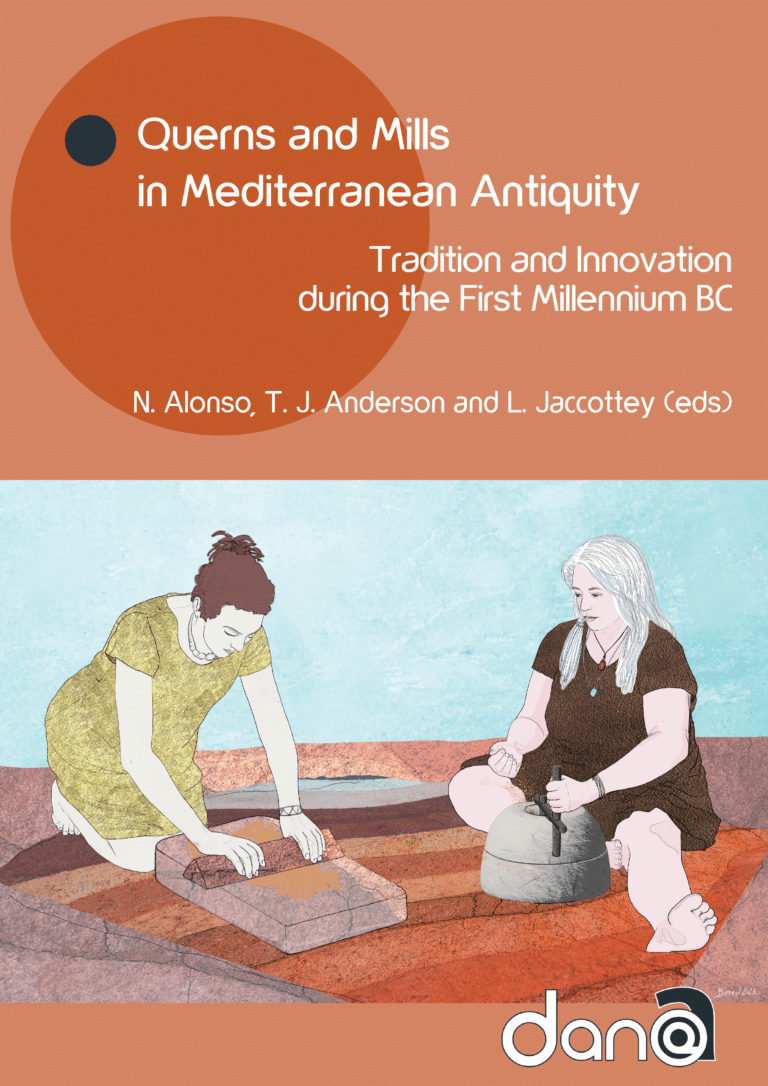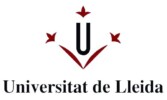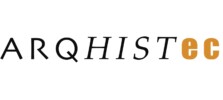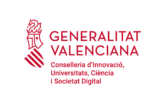Table of contents •••
• Foreword,
Dominique Garcia
• Preface,
Natàlia Alonso, T. J. Anderson, Luc Jaccottey
Central and eastern Mediterranean
• Provenancing the grinding stones of Thorikos (Attica, Greece). Preliminary observations,
Sophie Duchène
• Iron Age grinding stones in Israel,
David Eitam
• The Iron Age grinding stones and other stone objects from Tel Zayit, Israel,
Aaron Greener, Ron E. Tappy, Danny Rosenberg
Western Mediterranean
• The milling stones of the Greek colony of Olbia (Hyères, Var, France),
Luc Jaccottey, Sylvie Cousseran-Néré
• The Evolution of grinding tools in the Lez Valley (La Cougourlude and Lattara) from the 6th to the 4th Centuries BC (Hérault, France),
Luc Jaccottey, Sylvie Cousseran-Néré, Tatjana Gluhak, Isabelle Daveau, Éric Gailledrat
• Early Iron Age Milling in the Northeast of the Iberian Peninsula,
Natàlia Alonso, Luc Jaccottey, Daniel López, Alba Castellano, Tatjana Gluhak
• Saddle and Rotary Mills from the Iron Age site of La Cervera (La Font de la Figuera, Valencia, Spain),
Jaime Vives-Ferrándiz Sánchez, Carlos Ferrer García, Pablo García Borja, David López Serrano, Guillem Pérez-Jordà, Guillermo Tortajada Comeche, Ana Valero Climent
Methodology
• A Database for Hopper Rubber Mills,
Chloé Chaigneau, Sylvie Cousseran-Néré, Luc Jaccottey
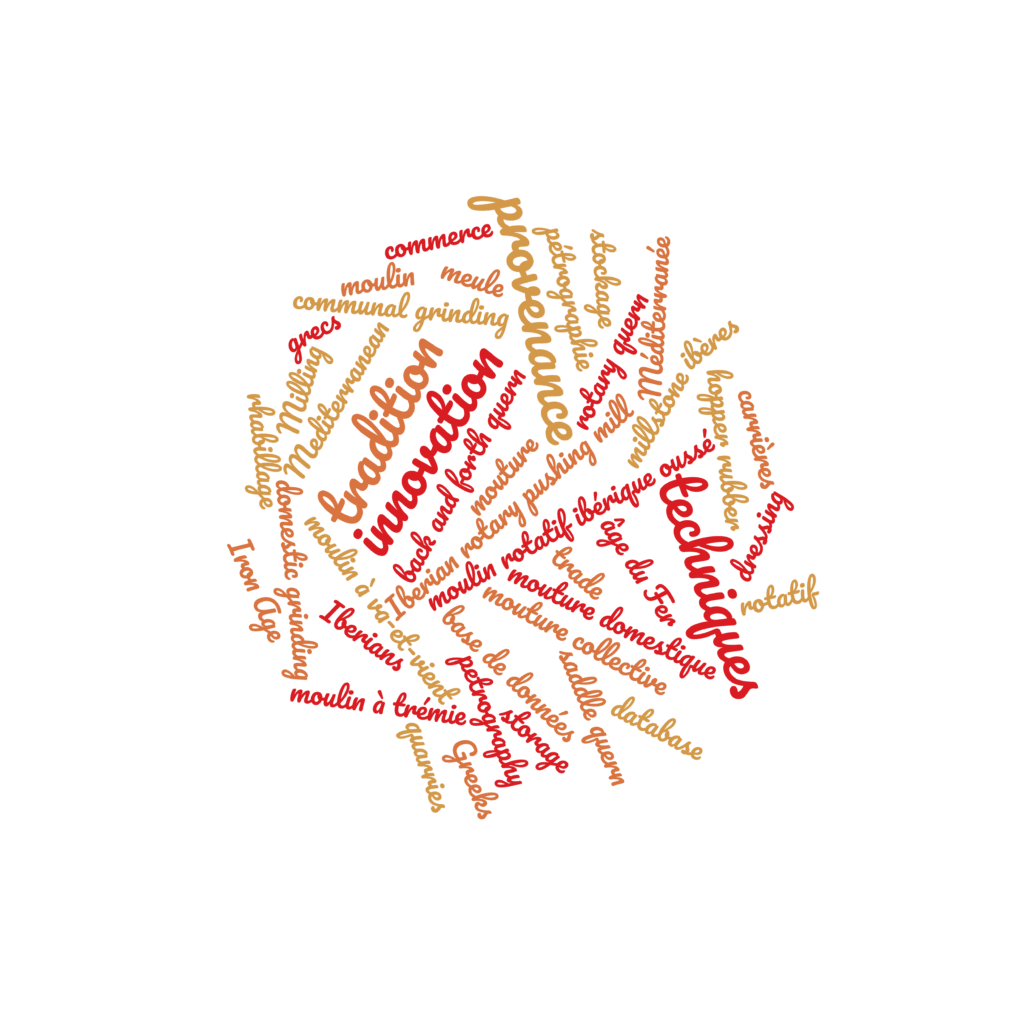
Abstract •••
After thousands of years of exclusively grinding with a to and fro motion, several new types of mills appeared and evolved in the Mediterranean during the last millennium BC. The first centuries of this millennium saw the development of a variety of new forms for both the upper and lower stones of these early back and forth querns. Yet the main changes and innovations came later, around the middle of the millennium, with the introduction of new types of mills including the manual rotary quern, the hopper mill and the Iberian rotary pushing mill.
Although the historical circumstances of this period differ between the Eastern and Western Mediterranean, these changes emerged precisely in the second half of this millennium, a timeframe characterised by a technological interaction, or lack of, between the different cultures of the Mediterranean world. The new milling systems introduced during this period represent a turning point in the history of processing cereals and other materials. However, many questions as to the causes of the introduction and evolution of these mills and their socio-economic repercussions remain unanswered. The findings of the studies in these proceedings therefore represent modest but necessary advances in this vast and compelling field of research.
Résumé •••
Après des milliers d’années d’utilisation exclusive des moulins va-et-vient pour moudre, plusieurs autres types de moulins sont apparus et ont évolué en Méditerranée au cours du dernier millénaire avant J.-C. Au cours des premiers siècles de ce millénaire, diverses formes différentes et nouvelles de meules et de molettes va-et-vient se développent. Mais les principaux changements et innovations se répandent plus tard, vers le milieu du millénaire, avec l’introduction de nouveaux types de moulins tels que le moulin rotatif manuel, le moulin à trémie ou le moulin rotatif ibérique poussé, entre autres.
Bien que les circonstances historiques de cette période diffèrent entre la Méditerranée orientale et occidentale, ces changements voient le jour précisément au cours de la seconde moitié de ce millénaire, caractérisée par une interaction technologique, ou une absence d’interaction, entre les différentes cultures du monde méditerranéen. Les nouveaux systèmes de mouture introduits à cette période représentent un tournant dans l’histoire de la transformation des céréales et d’autres matières. Pourtant, de nombreuses questions restent en suspens quant aux causes de l’introduction et évolution de ces moulins et à leurs répercussions socio-économiques. Les résultats des études présentées dans ces actes représentent donc des avancées modestes, mais nécessaires, dans ce vaste et passionnant domaine de recherche.
Cet ouvrage a été soutenu grâce aux contributions de l’Universitat de Lleida, ARQHISTEC (2021 SGR 01607),
Ministerio de Ciencia e Innovación /Agencia Española de Investigación (Proyecto PID2019-110022GB-I00),
Universitat de València, Generalitat Valenciana (Projecte FRUITCOM, CIDEGENT/2019/003).
Esta publicación ha contado con el apoyo de la Universitat de Lleida, ARQHISTEC (2021 SGR 01607),
Ministerio de Ciencia e Innovación /Agencia Española de Investigación (Proyecto PID2019-110022GB-I00),
Universitat de Valencia, Generalitat Valenciana (Proyecto FRUITCOM , CIDEGENT/2019/003).


